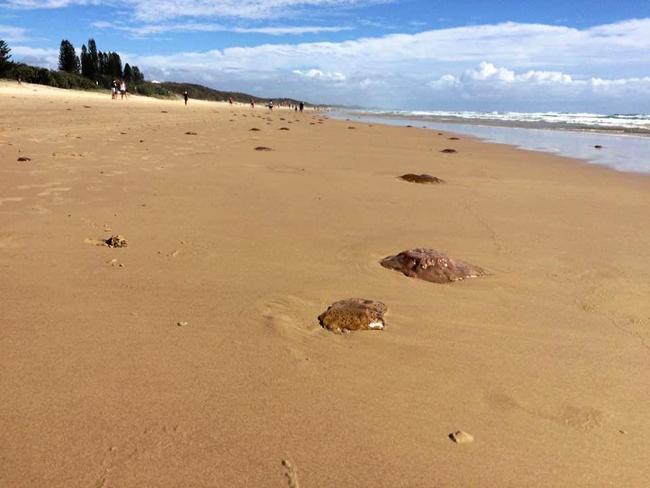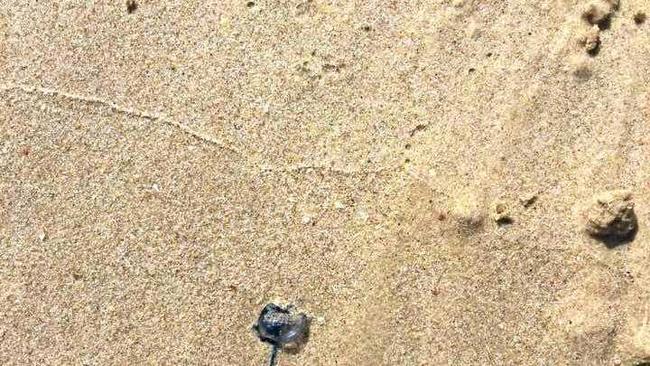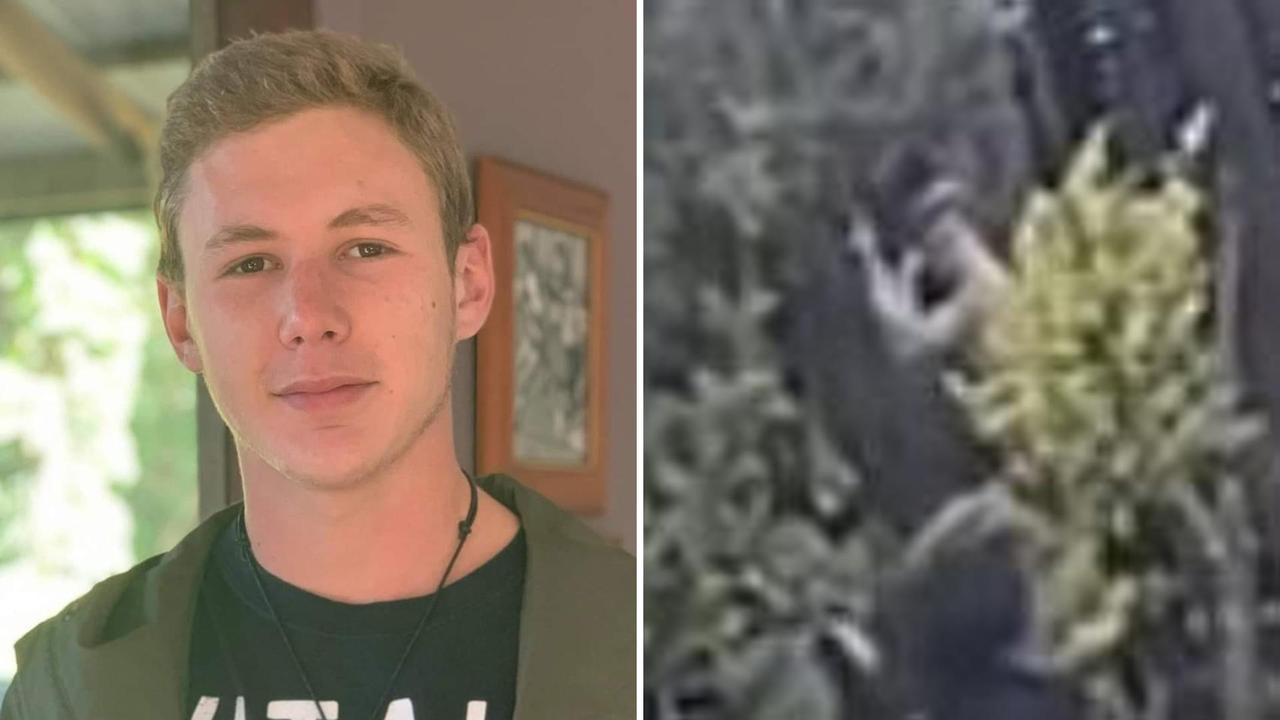Deadly irukandji confirmed on the Sunshine Coast
"IT CAUSES an absolutely dreadful illness, and has put two people on life support that we know of."

Sunshine Coast
Don't miss out on the headlines from Sunshine Coast. Followed categories will be added to My News.
AN unusual-looking jellyfish which washed ashore at Warana has been confirmed as an extremely dangerous type of Irukandji.
However, the Irukandji species found in this case was not the notorious type which occurs in the state's north but a less common species - morbakka fennneri - that was first discovered in Moreton Bay in 2008.
The species in question can be much larger than its northern cousin - growing up to 15cm in diameter - but it's large size doesn't mean it's harmless as morbakka fennneri stings can be very serious, even fatal in some cases.
The news comes as the numbers of people stung by bluebottles and jellyfish on the Coast over the festive season has soared.
Surf Life Saving Queensland has advised about 9000 people reported being stung between December 20 and January 10.
This is nearly nine times more than the 1100 reported in the same period last year.

This morning, January 10, the Queensland Ambulance Service was called to assist a young boy who was stung at Mooloolaba Beach.
It is understood he was later transported to hospital.
A Surf Life Saving Queensland spokeswoman advised there were a number of reasons for the huge variation in the number of stings, including the weather patterns experienced over Christmas.
Thankfully, there have been no reports of stings from the dangerous type of Irukandji discovered at Warana.
Paul Platt, who captured the image of the nearly see-through jellyfish on November 23, has had its identification confirmed by Stinger Advisory director Lisa-ann Gershwin.
In an email sent to Mr Platt on January 9, Dr Gershwin told Mr Platt the jellyfish was the "morbakka fennneri, a type of Irukandji".
"It causes an absolutely dreadful illness, and has put two people on life support that we know of," she said.
"Usually the sting is less serious, but it obviously can be quite severe."
Mr Platt said he wanted to warn other people who may be curious and pick it up.
Dr Gershwin said the jellyfish was known to be in Moreton Bay since at least the 1950s and its name was a derivation of the locality Moreton Bay.
It has also been documented as far south as Sydney although it is more common from Redcliffe to Mackay.
However, it wasn't usually found in huge numbers.
Swimmer Krishna Rao was recovering from multiple stings after swimming into bluebottles at the Mooloolaba Spit this morning (January 10).

Dr Rao said many people were being stung and a paddler had reported seeing many just offshore.
However, a change in wind direction appears to have moved many of the bluebottles away from the Coolum Beach area.
The shore betwen Coolum and Stumers Creek was lined has been lined with stingers most of the week.
Sunshine Coast lifeguard for the northern areas, Anthony King, said the numbers of stingers on the beach appeared to be considerably less.


